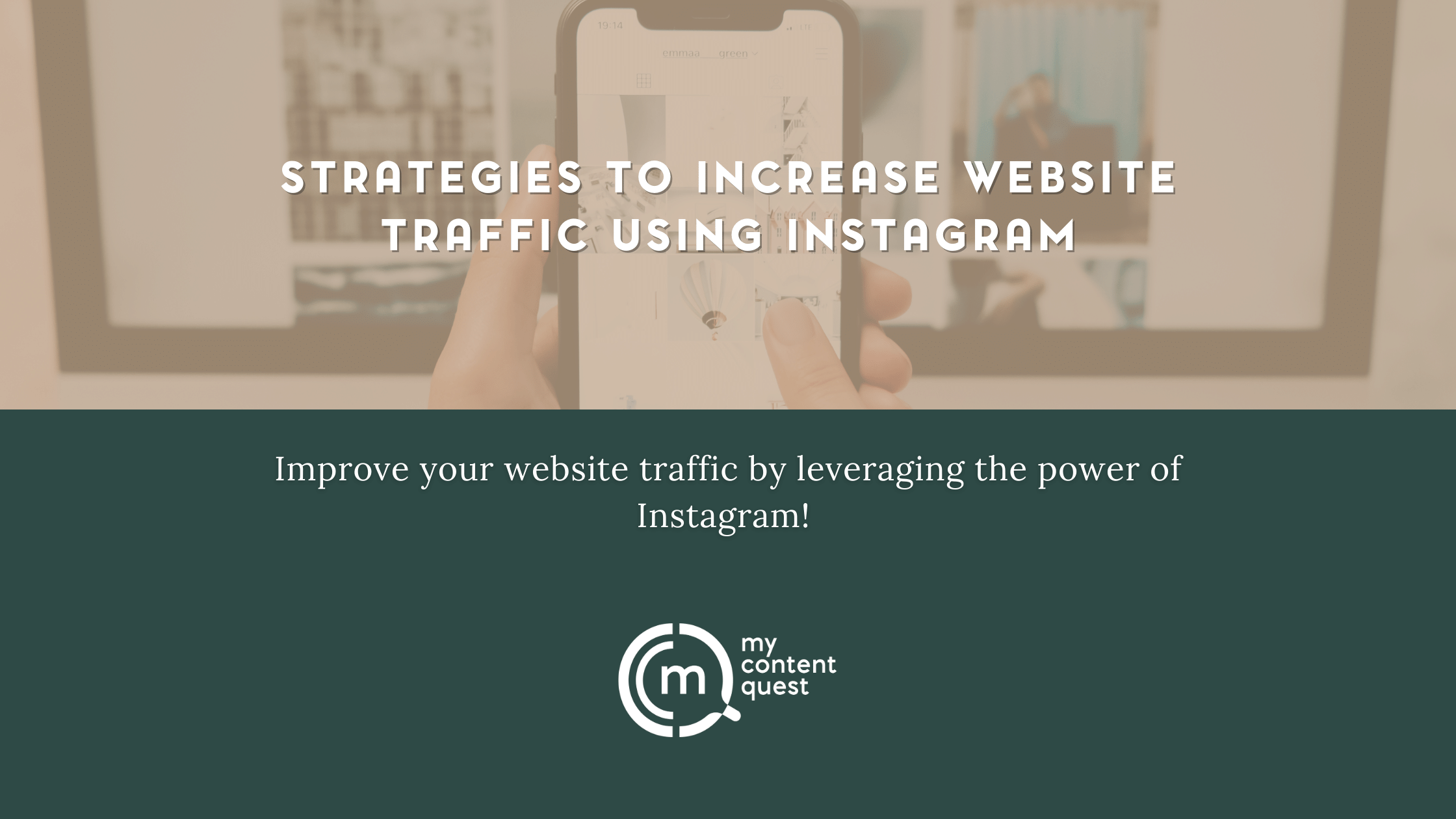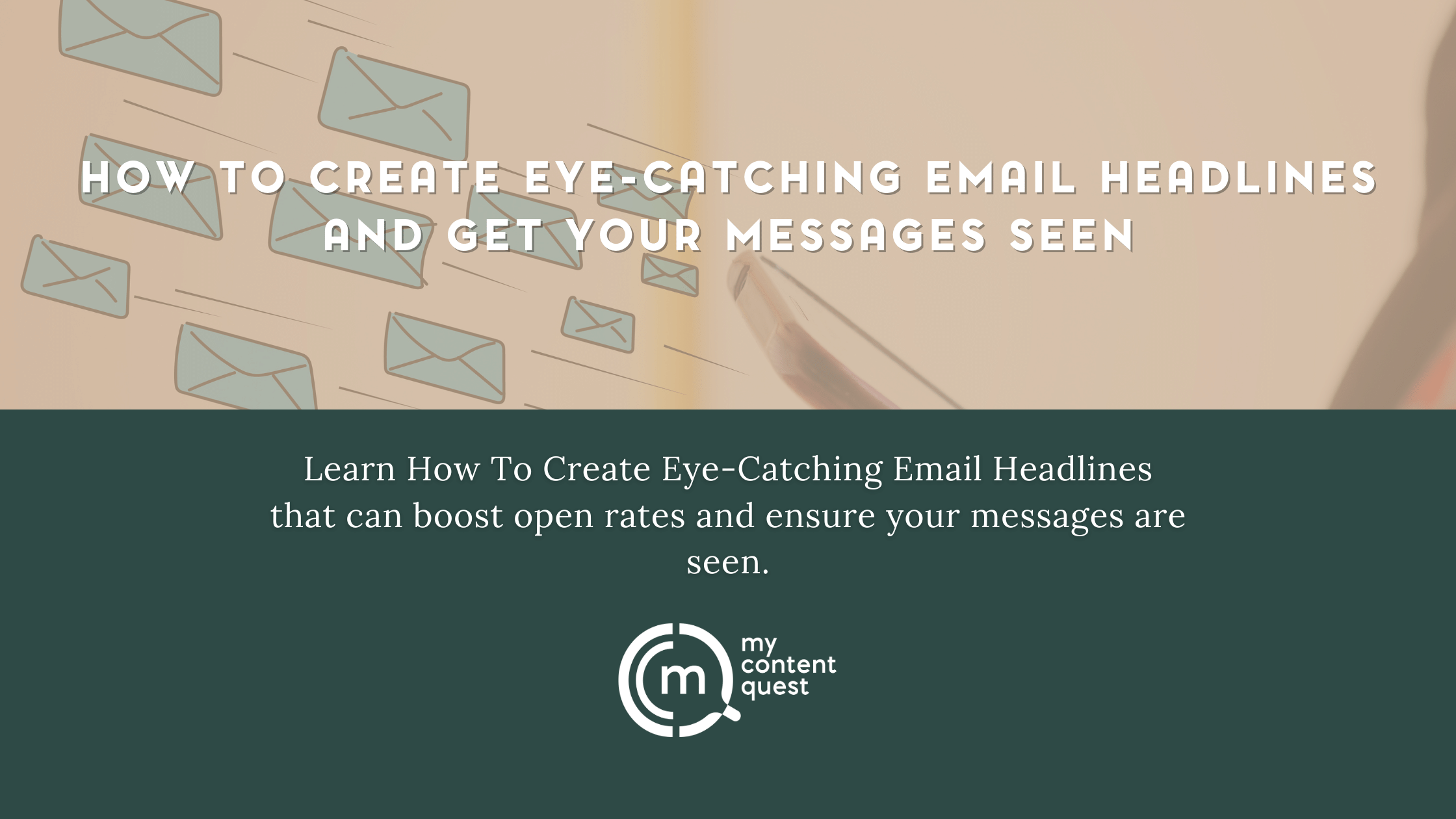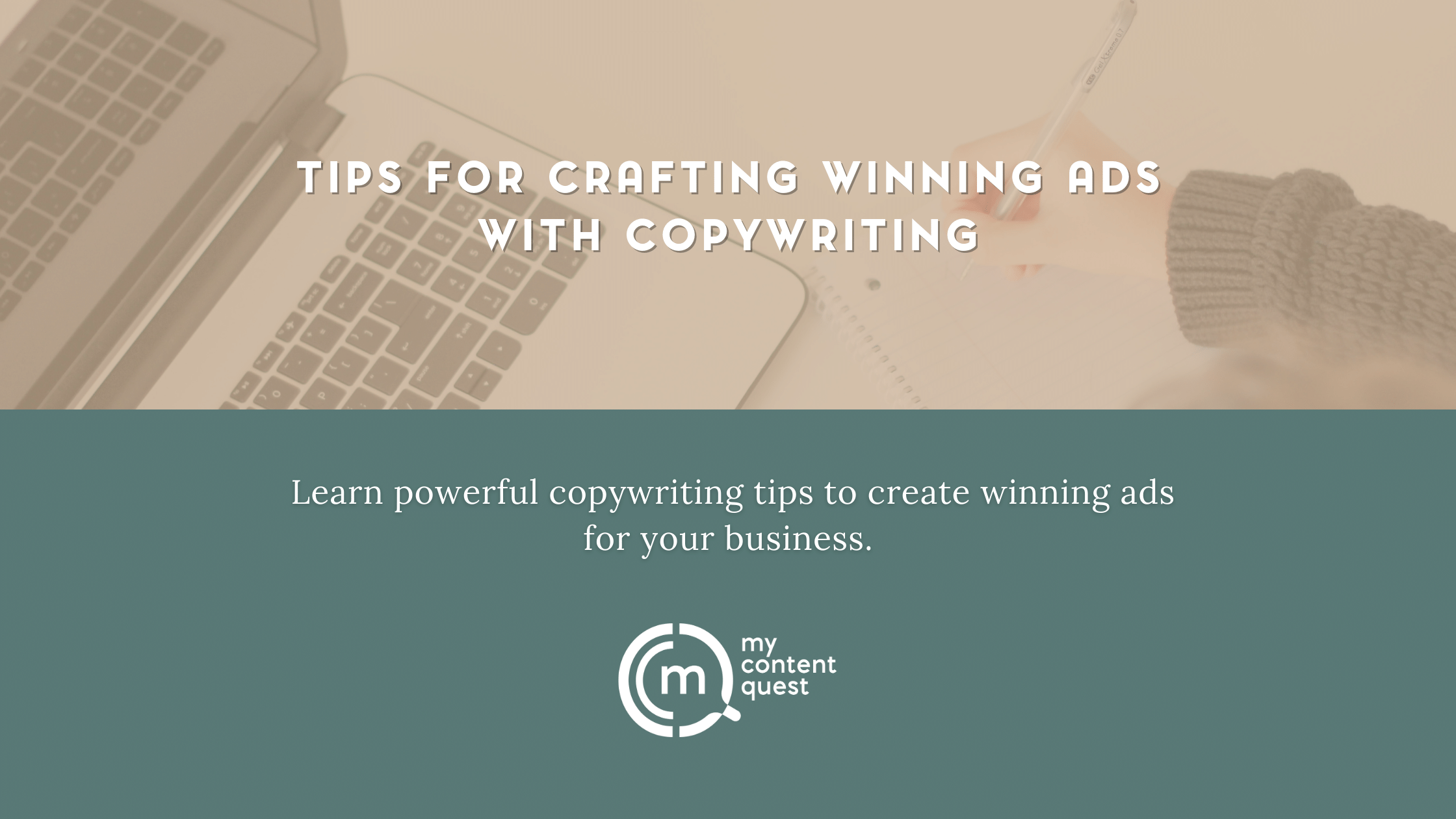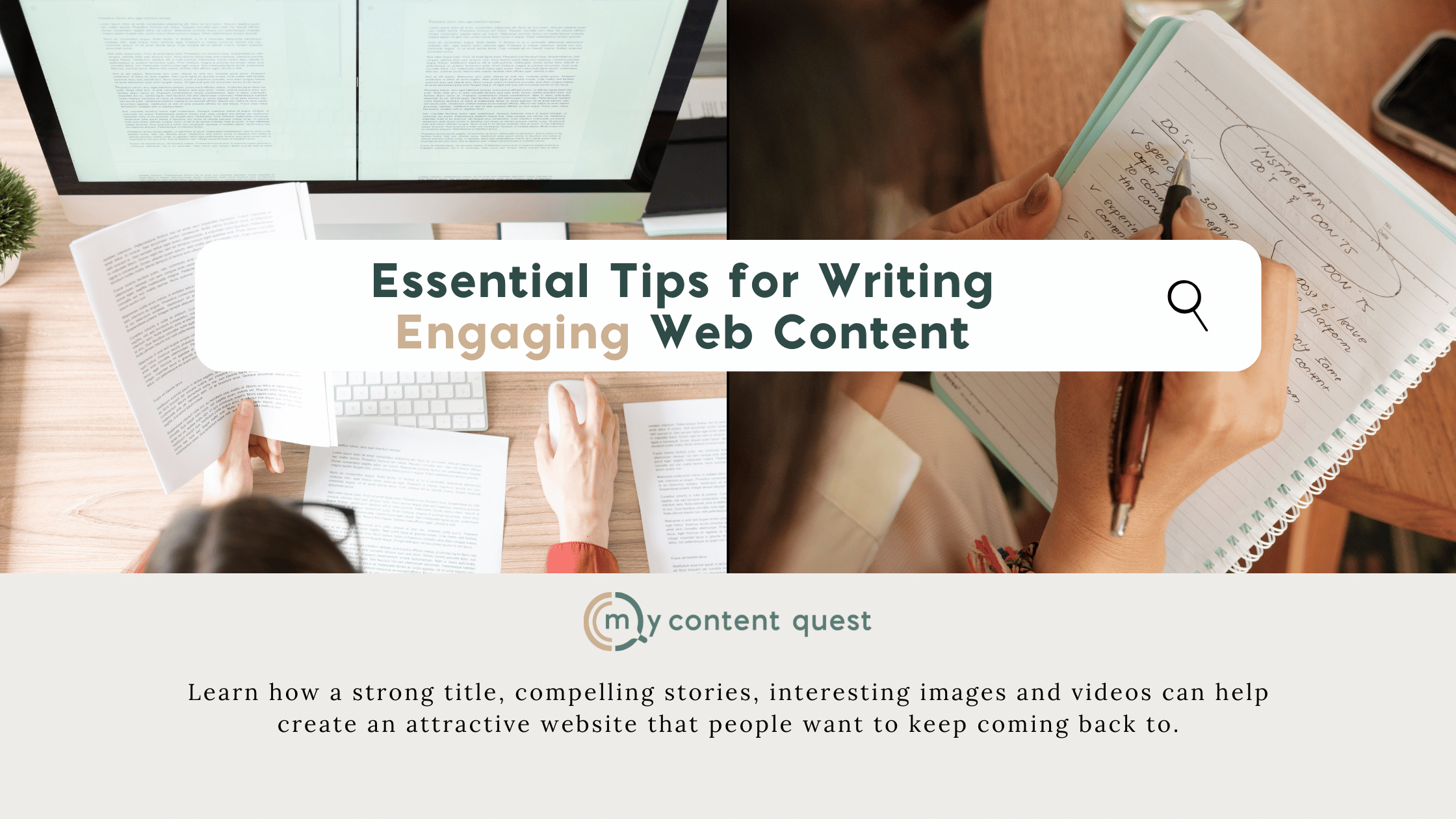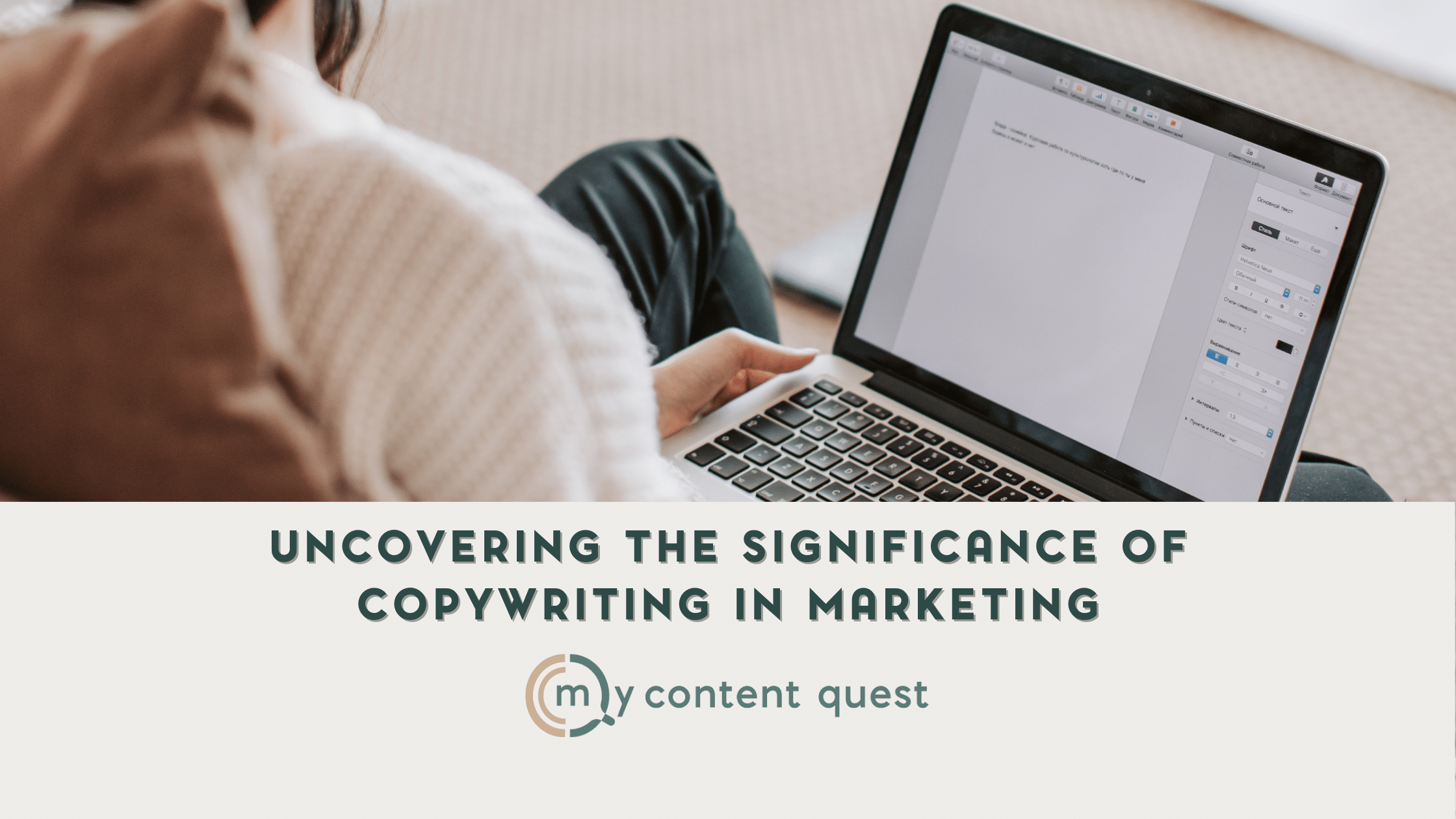Outline
How to Optimize Your Posts to Maximize Reach Creating Engaging Content for Your Target Audience Strategies for Generating Organic Followers Maximizing Your Pinterest Presence for Business Growth Making the Most of Your Pinterest Posts for Long-Term Success
If you are a business owner or content creator looking for ways to increase your reach on Pinterest, you have come to the right place. In this blog post, we will uncover the secrets of successful pinning and provide tips for getting more views on your posts With these helpful strategies, you can expect to see an increase in engagement and visibility on your pins.
To start off with unlocking the secrets of successful pinning, it is important to consider creative visuals when crafting your posts. Utilizing high-quality images that are relevant and eye-catching can help draw people’s attention and improve engagement rates. Additionally, using descriptive captions with keywords related to the post topic to give viewers a better idea of what they can expect from clicking through will also boost engagement levels.
Another key element in driving up views is ensuring that each post has been properly optimized before posting it live on Pinterest boards as well as other platforms such as Twitter or Facebook if applicable. Pinners often search by phrases so including keywords into titles along with short descriptions containing further information about the post contents are necessary steps towards optimizing them correctly.
Asking other users within their network or even those outside of their immediate circles like family members or colleagues who may not be active Pinterest users is another way some users feel more inclined towards viewing certain pins. This ensures there could be more potential followerships amongst mutual networks if one user passes across a link which another may find particularly interesting leading them back into online engagements surrounding focused topics.
Finally , creating effective hashtags associated with specific topics within particular matters helps many become aware at its full potential not only by connecting concerning individuals but additionally businesses seeking customers from afar globally The usage rate intensifies due to digital trends seen throughout different platform activities making Hash Tagging almost mandatory for success over visual boards like Instagram or Pinterest requiring suitability related updates.
How to Optimize Your Posts to Maximize Reach
Have a good understanding of the platform. If you want to get more views on your Pinterest post, then first and foremost, you need to be aware of how exactly the platform works. Knowing who uses it and what content these users are looking for can help inform your own posts so that they stand out among other pins related to the same topic.
Choose great visuals
One way to maximize reach is by creating eye-catching pictures or videos for each pin since this will draw attention from potential viewers and help them engage with your content better than just plain text alone. Vibrant colors, interesting layouts, high quality images (or short video clips) all go a long way in improving engagement levels on any social media channel including Pinterest!
Optimize titles & descriptions
Titles and descriptions should also be carefully chosen when sharing content on Pinterest as well – especially if you’re trying to attract new followers interested in viewing/ interacting with similar topics as yours takes center stage across its community base too! This means that catchy phrases like “The Ultimate Guide” or “X Secrets To Get You Started” can really make an impression when targeting specific audiences – leading people straight into clicking through links featured within their respective captions or descriptions!
Utilize hashtags
Adding appropriate hashtags into caption boxes below associated digital assets helps quickly give context regarding themes otherwise covered within individual pinning boards which may not always be sensible at first glance given lack of visual cues usually accompanying textual elements online today – thus making sure users have everything right at their fingertips without having scour around too much time each time they search up anything related!
Create collages & run contests
Creating attractive photo collages showcasing multiple aspects surrounding particular brand’s services products etc work wonders for giving quick yet comprehensive overviews about such endeavors while sparking curiosity in those wanting learn even further details; additionally running creative competitions driven primarily through social media channels seem increasingly popular these days – especially taking advantage its massive interactive customer engagement capabilities seen famously via campaigns launched worldwide already seeing positive feedback from millions customers internationally already proving potential success stories here even before fully launching themselves globally just yet either directly indirectly depending upon targeted audience demographics itself overall though…
Creating Engaging Content for Your Target Audience
Have a strong headline
A great headline will draw more viewers to your posts, and make sure they are staying on your page to read the rest of it. Make sure it’s catchy and relevant to the content you’re posting. Using visuals Images or videos can be engaging and really make a post stand out from the crowd! If you use them properly then it will help increase your views significantly.
Engage with other users
Interacting with other people that share similar interests as yours is one of the best ways to get more engagement for your pins on Pinterests You can like their posts, comment on them, start conversations with other pinners etc, all of which result in building an active community around your content Participate in group boards Group boards allow multiple contributors to add pins under one topic or hashtag, making it easier for users who have an interest in specific topics to find relevant content easily – this increases chances for followership/views as well! Keep an eye out for popular group boards related to what you post about so you can join in!
Optimize SEO
Utilizing keywords effectively throughout your titles, descriptions ,and hashtags helps ensure that when someone searches a term related to what you pin about,your posts show up higher in search results. Doing this regularly can help build long-term visibility for future pins too !
Strategies for Generating Organic Followers
Organic followers on Pinterest are the best way to build a successful brand or business. The key to success on Pinterest is to create content that resonates with your target market and follows best practices for pinning. Here are some key strategies for generating organic followers on Pinterest:
1. Create Quality Content: Quality content is essential for generating organic followers. Make sure your pins are original, relevant, and engaging. Share photos, videos, and other content that are creative, visually appealing and informative.
2. Repin Posts From Other People: Repinning is a great way to get your pins exposed to a new audience. When you repin posts from other pinners, you broaden your reach and create cross-promotional opportunities.
3. Participate in Group Boards: Pinterest group boards are a great way to get your content shared to a larger audience. Join boards relevant to your niche, and share content regularly.
4. Use Hashtags: Hashtags are an excellent way to make your pins more discoverable on Pinterest. Think of keywords that relate to your content and add them to your pins to attract organic followers.
5. Join Communities: Another great way to generate organic followers is to join communities that share content relevant to your niche. Participate in conversations, comment on other users’ pins, and share your own pins to get noticed.
By following these tips, you’ll be able to increase your reach and generate organic followers on Pinterest with ease! So get pinning and start reaping the rewards!
Maximizing Your Pinterest Presence for Business Growth
The power of Pinterest should never be underestimated! It is a great social platform to access a variety of audiences and can help give businesses a great head start on the road to success. To get the most out of your Pinterest posts, here is some expert advice:
Start by optimizing your profile. You want potential customers to view you as a credible business, so start with the basics and ensure that your Pinterest profile is updated with current visuals, an informative description, and relevant keywords. This will help increase the visibility of your pins in search engine results pages (SERPs).
Update your boards regularly. Make sure to add new content consistently. It doesn’t have to be daily, but aim for at least once a week. People are more likely to share and repin content if they see something fresh every time they check out your page!
Test different image sizes. Different image sizes can get better impressions for certain types of posts, so experiment with what works best for you, compared to standard images or videos. Pinning larger images can often draw more attention due to their oversized appearance on home feeds compared to other media which may seem too small at first glance.
Utilize hashtags. Including relevant hashtags in descriptions or captions allows users from various backgrounds who already follow similar topics to find you easier in searches than without tagging their related interests within posts themselves.
Follow and engage with relevant accounts. Find other compatible businesses who post content that could complement yours, then follow them and engage positively through comment sections, like interesting conversations! This way, when visitors come looking around, hopefully they’ll find not only compelling visuals but also discover some excellent conversations between themselves and other businesses about industry-specific topics that would give further insight into what makes up successful campaigns/strategies overall.
Consider running promotions through contests or giveaways. Contests can be great methods for getting people interested in engaging with pins if done correctly, following applicable rules regarding promotional regulations set by social networks such as Pinterest itself. Make sure all requirements are met before launching any kind.
Getting the most out of your Pinterest posts doesn’t have to be hard! With a bit of practice, you can master the Pinterest game and gain more followers and potential customers. Start by optimizing your profile, update your boards regularly, test different image sizes, utilize hashtags, engage with relevant accounts, and consider running promotions through contests or giveaways. Most importantly, have fun with it and make sure to keep it fresh for the best results!
Making the Most of Your Pinterest Posts for Long-Term Success
Utilize Rich Pins to Grab Attention – Rich pins are a type of pin that can provide extra information about the content itself, such as product details or recipe ingredients. This extra data can help grab attention from viewers and lead to more clicks or shares on your pins.
Leverage Hashtags For Reach – By including relevant hashtags when you post, you can open up your reach beyond just your followers and make it easier for people searching with related keywords to find your content.
Optimize Your Posts For SEO – Optimize your post descriptions further with SEO-friendly copywriting techniques like using keyword phrases throughout the description field and some internal linking when possible, to help search engine crawlers understand what types of searches should result in displaying your post.
Use Visuals That Stand Out – When creating visuals for each post, make sure they stand out enough so that users will take notice when scrolling through their feeds or dashboard pages. Bright colors and eye-catching designs can draw attention quickly, resulting in more views and shares across different platforms.
Pin Regularly & Strategically – Businesses should post at least one new pin per day onto existing boards or newly created ones, to keep interest high and show consistency. Focus on keeping things organized while experimenting with different approaches until something works best, which could extend engagement periods even further. Follow these expert tips to get the most out of your Pinterest posts, and maximize engagement on your platform.
Getting the most out of your Pinterest posts can often feel like an overwhelming task. With so many different approaches, it can be hard to know where to start. Fortunately, experts have put together a few tips to help ensure maximum engagement from your posts and get the most out of your Pinterest posts.
The first tip is to be consistent with the types of posts you post. Do not jump around from different topics or ideas, but rather stick to one or two topics that you have a strong understanding of. This will ensure that your followers have a good understanding of what type of content you are posting and can easily find what they are looking for. Additionally, creating an organized and aesthetically pleasing grid of content can help keep followers engaged and returning to your page.
When creating content, make sure to include useful and interesting information that is relevant to your content topic. This can range anywhere from offering personal advice to providing helpful information on topics related to your content. Including quality content is an important way to encourage regular viewers and followers, as well as possible new viewers to your page.
Another great tip is to make use of hashtags. Hashtags are a great way to direct viewers to your content as they make it easier to find. Additionally, by using hashtags, you can link related topics together, extend your reach beyond your current followers, and easily attract new viewers.
Lastly, try different post proaches until something works best for you. When crafting your posts, experiment with different formats and images in order to determine what will result in the highest engagement. This could involve posting pictures of products, quotes, images, or any other type of content that can help draw viewers in.
Are you looking to make the most of your Pinterest posts and maximize engagement on your platform? Then you’ve come to the right place! With the right approaches and quality content, you can quickly build a strong presence on Pinterest and project yourself in the digital space.
Conclusion
Ultimately, having a successful presence on Pinterest is achievable with the right advice and tips. Focusing on creating content for your target market, and staying up-to-date on analytics are just some of the expert advice you should follow if you want to build a successful presence on Pinterest. Doing this will help you reach new potential customers, build relationships with them and ultimately, grow your business.


